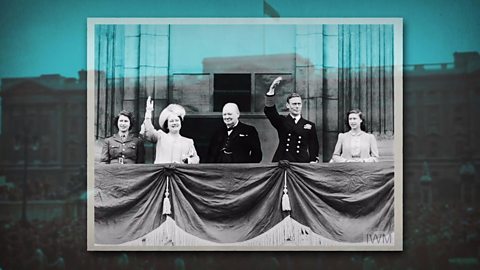Narrator: Britain's success in the war depended on people joining together and not losing hope. But living through the Second World War was very scary. You might have to go and fight or endure bombings at home. If the public lost faith that the country would win the war, or couldn't see what they were fighting for, it could prove disastrous as they were the ones powering the war effort.
To counter this, the British government formed The Ministry of Information. They produced posters and films aspropaganda; information that changed how the public viewed the war and encouraged them to continue with the war effort.
Propaganda was also used to tell people what they needed to know to understand the war. That might be by telling people to wear visible clothing during black out or it might be by warning people against things that were bad for the war. Like bringing children home from evacuation.
Often propaganda was used to get people involved in the war effort, like volunteering as an air warden.
Gladys remembers seeing propaganda posters when she was a child.
Gladys: Well, there was posters everywhere. One for Potato Pete, which was a potato with legs and arms and eyes. I think that took your eye off what was missing. I used to have to do shopping for my mum. Get King Edwards potatoes and above King Edwards potatoes was this picture of Potato Pete, eat more potatoes.
And other posters were, save water, dig for victory, grow more vegetables, careless talk costs lives.
Narrator: Living through a war could be very hard, so having a strong sense of purpose and belief helped people get through the situation they were in.
Gladys: The mentality was, Hitler is not going to get us. We are going to win the war. We gotta help the war effort, we were fighting for freedom and our country
Narrator: Did you know? One of the most significant uses of propaganda was the response to the rescue of soldiers from Dunkirk in France.
In May 1940, the Germans forced the French and British armies back through France, towards the English Channel.
Over four hundred thousand French and British soldiers were trapped along the beaches around Dunkirk. It seemed like there was no way out. An emergency rescue was organised to bring the soldiers to Britain in a fleet of over eight hundred boats.
Many of the smaller boats were crewed by non-military or civilian volunteers, as the government had put out a desperate call for assistance.
Instead of presenting the story as an embarrassing defeat and a serious loss of men and equipment, the British government told it as an impressive feat of bravery and daring rescue, where Britain lived to fight another day.
Radio archive: A whole navy of little ships cooperated in a super human task. In spite of their tribulations, defeat was not written on their faces.
Narrator: This response became known as the miracle of Dunkirk. And the country's ability to band together, despite hardship was seen as Dunkirk spirit.
The use of propaganda managed to turn Dunkirk from a defeat into a defiant victory and helped the British people stay positive. But propaganda could also be used in deliberately harmful ways.
For example, the Nazis used propaganda to spread anti-Semitism, the hatred of Jewish people. The terrible consequences of this racist propaganda led to the Holocaust, and the death of more than six million Jews.
Overall, propaganda was a government tool, to be used for good or evil.
Video summary
This short film explains how people were persuaded to join the war effort, and the importance of motivational campaigns.
We hear from an eye-witness called Gladys, who talks about seeing propaganda posters during World War Two.
The ‘Did You Know’ section looks at how propaganda was used in response to the rescue of soldiers from Dunkirk.
Created in partnership with Imperial War Museums.
Teacher Notes
Your pupils could be tasked with making their own motivational posters to galvanize others around an issue that is important to them.
Additional fact for the class:
- The “Keep Calm and Carry On” poster you might have seen was designed in 1939 in anticipation of the outbreak of war in Britain. However, in the end it was never officially issued to the public as a propaganda poster. It was one of a set of three posters, the other two being "Your courage, your cheerfulness, your resolution will bring us victory" and "Freedom is in peril, defend it with all your might" both of which were pasted on public billboard sites. But their message was unpopular and the now well-known third poster was never used.
Suitable for teaching history at KS2 in England, Wales and Northern Ireland and 2nd Level in Scotland.
This short film could also can be incorporated into different subjects as part of a cross-curricular lesson, especially when teaching English at KS2 or 2nd Level.
More from World War Two:
Britain declares war on Germany. video
This short film offers an overview of the events that led to Britain declaring war on Germany in 1939.
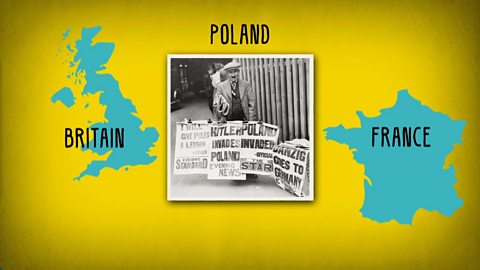
Rationing in the UK. video
This short film explains rationing in simple terms, offering a glimpse of a world that pupils may not be accustomed to.
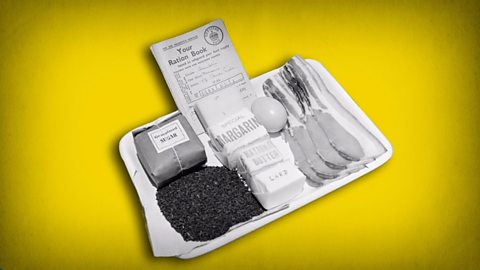
Geography of World War Two. video
This short film provides insight into the scope of the war and how many countries were involved.
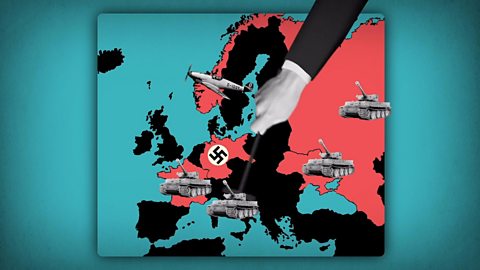
The Blitz. video
This short film offers a digestible insight into the blitz and how the British people responded.
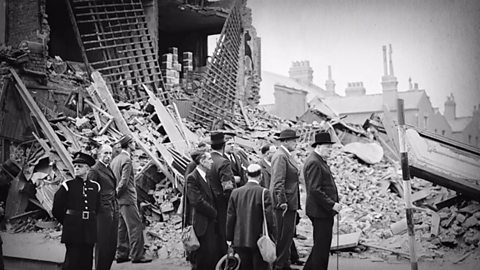
The Battle of Britain and beyond. video
This short film explains what the Battle of Britain was, who was involved and how radar was used throughout the battle.

Machines of the military. video
This short film highlights the importance of technology in the war effort and the key roles that tanks, planes and ships played.
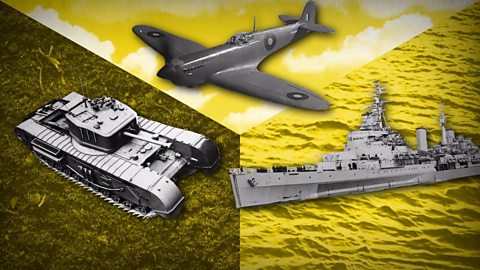
D-Day. video
This short film explores the significance of D-Day as well as highlighting what took place that day.
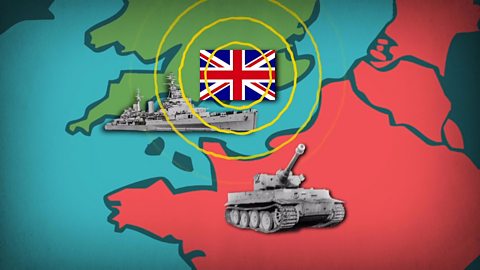
Codebreaking during World War Two. video
This short film explains how cracking Nazi Germany's coded messages helped win World War Two.
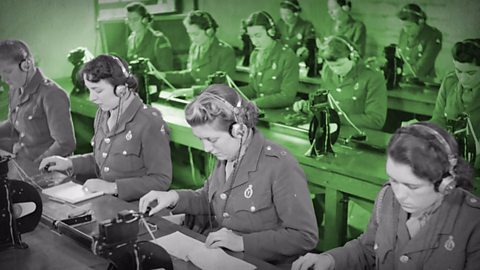
VE Day. video
This short film explains what VE Day and VJ Day were, and the events that led to the end of the war.
